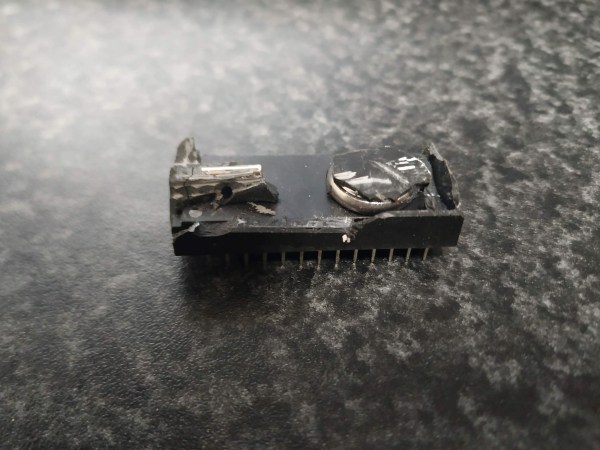When [hacky] bought a used Douwe Egberts Gallery 200 all-in-one coffee maker, the machine was known to have a ’empty battery’. Being one of those fancy coffee makers that handle everything from the grinding of coffee beans to the application of hot water and steam, it relies on instructions for each coffee recipe. Unfortunately, it turns out that this machine stores these on battery-backed SRAM, as [hacky] found out with help from friendly folk over at the Dutch Tweakers forum.
The Douwe Egberts Gallery 200 is a rebranded machine that’s also sold in Scandinavia as the Wittenborg FB 5100. These machines have an ST M48T58 TimeKeeper module that combines 8 kB of persistent SRAM with a real-time clock. Being powered from a single coin cell (lithium carbon monofluoride chemistry), their lifespan is limited.

Fortunatley, a DE-9 connector is provided on the back to provide service/maintenance access to to the hardware. Using a conveniently available programming guide for the hardware, it was easy to figure out the pinout and baud rate (9600, 8 bit, ignore parity, no flow control). This allows for reprogramming the SRAM, but without replacing the battery this data would be gone again on the next start.
Based on the ST M48T58 datasheet, it’s not clear that the clip-on module containing the coin cell and crystal can be replaced, though one could simply plug in a new M48T58 module. Or, as [hacky] did, it’s also possible to cut open the ‘SNAPHAT’ top section and wire in a replacement battery module. With two 1.5V AA cells providing the 3V to the module, it was operational again.
Next up: working out what to write to the SRAM to make the coffee flow again.













